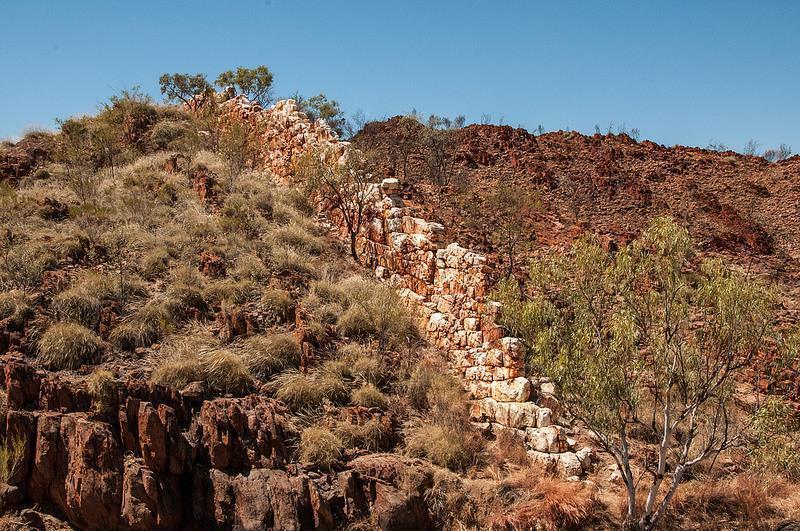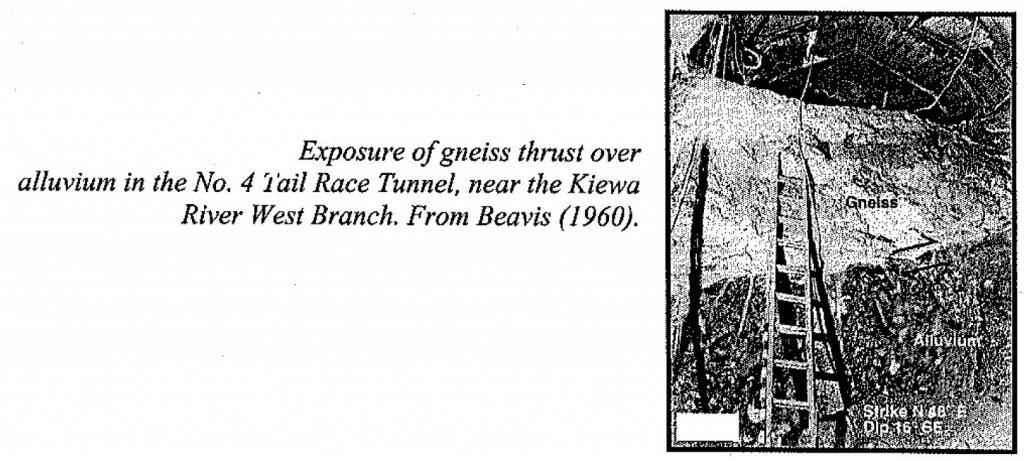- Joined
- May 21, 2014
- Messages
- 120
- Reaction score
- 33
How do you identify FAULTS when out on a Goldfield ?


Nice pick RoscoeRoscoe said:A fault line in a gold field is usually a quartz dyke that cuts through the country. From that dyke leads run off in the country rock which is made up of mainly slates, schist and shales.
https://www.prospectingaustralia.co.../1615/1408357045_10652875734_a980edd50e_c.jpg
Here is a picture of a dyke running through gold country. This was a fault line and the void was filled with quartz. This is the most popular types in gold areas, but there is other types of faults. I am not a geologist but this is my understanding of one common fault line.

but do not understand so can't quote person above:was found without a matching
goldierocks said:Have to differ a bit here and I'll keep it simple - a fault is simply a fracture along which there has been movement of the rocks on one side relative to those on the other. Sometimes the distance of movement is so great that completely different rock types, previously distant from each other, now occur on either side of the fault (image below), other times it is the same and the fault may be difficult to recognise. Quartz veins can precipitate in faults (because fluids can flow along fractures), igneous dykes like granite and basalt can intrude along faults (because they are pathways for molten rock to follow. So although dykes and quartz veins can occupy faults, they are not faults.
Here is a "disturbing" example of a near-horizontal fault placing a gness (a rock that resembles granite) that is hundreds of millions of years old on top of young gravel .https://www.prospectingaustralia.com/forum/img/member-images/4386/1420872814_tawongafault.jpg
Enter your email address to join: